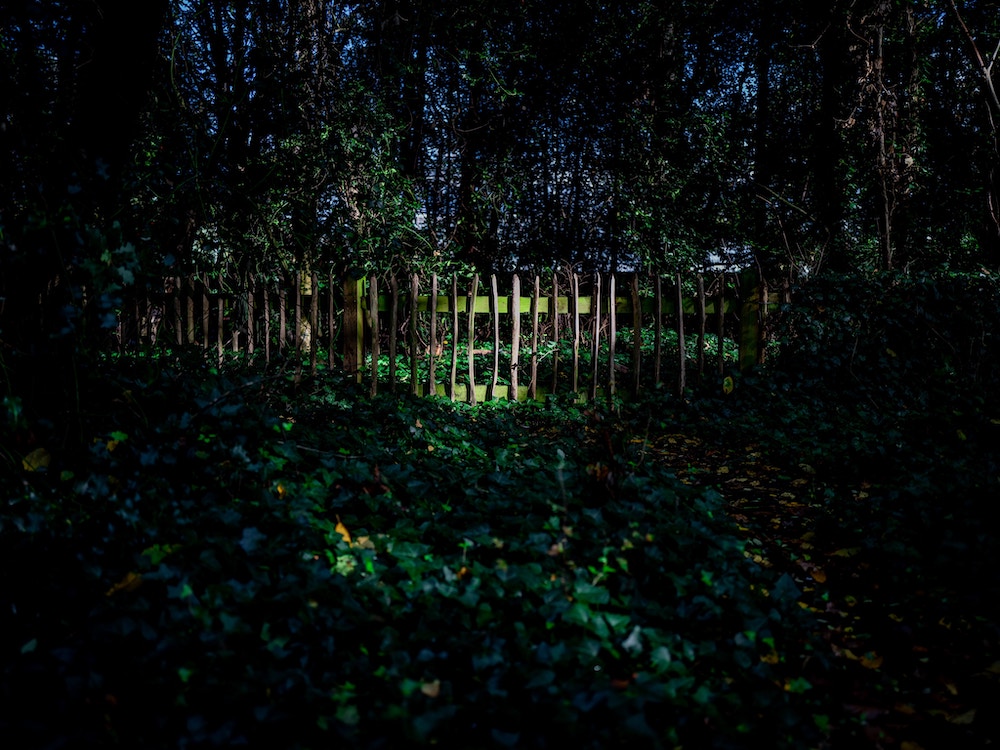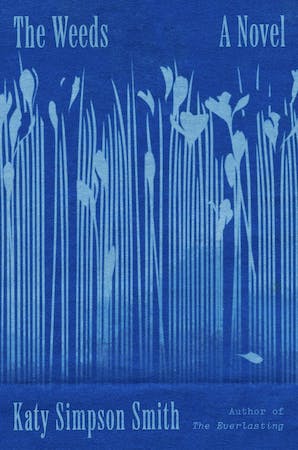Plants don’t make the easiest protagonists. They’re largely silent and immobile; they rarely emote; they lack big brown eyes. When I consider the sub-genre of novels about famous writers’ pets (Woolf’s Flush, Nunez’s Mitz), I glance apologetically at the half-dead succulent on my windowsill. When will it have its day?
Honestly, I often feel this way about women. My new novel, The Weeds, is structured as a botanical flora and follows two young women cataloging all the plants growing in the Roman Colosseum—several hundred species, if you can believe it—while fighting the hierarchies of science. The more I learned about the overlooked and unwanted chickweed and vetch, the more I heard the echoes of women: troublesome, stepped on, judged by their blooms, hard to eradicate.
Maybe it’s climate change, maybe it’s the microattention forced upon us by the pandemic, but we’ve been blessed by a spate of recent books lifting plants up to a higher literary plane. From the fig tree holding court over human love in Elif Shafak’s bestselling The Island of Missing Trees to the anarchist gardeners in Eleanor Catton’s long-awaited Birnam Wood, the flora is fighting back. I hope this bodes well for all difficult narrators.
Hill by Jean Giono, translated by Paul Eprile
Giono, a French pacifist so pacific he was imprisoned during WWII, was attuned to the Provençal landscape as a breathing, active, often malevolent entity. Hill was his first novel and his most forceful; here, rural villagers do battle with the mountains, the wind, wild boars, and—yes—plants. When a character digs in a field, it strikes him “that there’s a kind of blood rising inside bark, just like his own blood; that a fierce will to live makes the tree branches twist and propels these sprays of grasses into the sky.” Giono set the bar for botanical respect.
An Episode in the Life of a Landscape Painter by César Aira, translated by Chris Andrews
German artist Johann Moritz Rugendas travels to Argentina in the nineteenth century to practice a new approach to painting: “his genre was the physiognomy of nature,” and the number of possible physiognomies was “nineteen.” Of course, the vastness of the Pampas undoes him, the landscape nearly drives him mad, and the human element is inescapable. This surreal adventure proves that while a landscape can be approached scientifically, it can only be understood with the body, the spirit, and the soul.
Hex by Rebecca Dinerstein Knight
This deliciously witchy novel opens with a grad student poisoned to death in her own toxicology lab; the narrator, a young woman roiling with a dangerous combination of love and ambition, is trying to find the antidote to aconite—a wildflower known, fittingly, as women’s-bane. While the plants here are deadly, the chief draw is Knight’s prose: pungent and funny and wise, and evidence that a plant’s power extends far beyond its prettiness.
Garden Physic by Sylvia Legris
Legris’s poems dive straight into the linguistic richness of plant essence, making sepals and glumes roll on the reader’s tongue like marbles. The title of her first poem explains her mission: “Plants Reduced to the Idea of Plants.” As an imaginary Vita Sackville-West later asks, “How to write about flowers without the nauseating sentimental / phraseology?” There’s no false anthropomorphism here, only “Handloomed broad-glumed brome. / Yards and yards of yellow and yellow.”
Violets by Kyung-Sook Shin, translated by Anton Hur
In this haunting account of a young woman searching for some kind of peace in a misogynist world, plants both nourish and torment. On the outskirts of her Korean village, wild minari grows—collected by women, cooked by women. But in the city, where she finds a job in a flower shop, the hothouse orchids and philodendrons signal men’s cultivation, an interference in nature that distorts and manipulates its subjects in the name of beauty. The plant world, like the world of women, is not for the faint of heart.
Soil by Camille T. Dungy
Dungy takes issue with the past century of environmental writing—isolationist, navel-gazing, white—and in this deeply considered collection of essays and poems, she demands a new “radically domestic ecological thought.” Which is to say that plants and people are inextricable; narratives of exclusion and oppression can be traced from unwanted weeds to Black bodies; and a gardener can also be someone who mothers, who does laundry, who is exhausted. If you ever beat yourself up for not being as spiritually attuned as Annie Dillard, find a copy of Soil now.
The Nature Book by Tom Comitta
Admit it: you sometimes skip a novel’s nature descriptions to get to the action. The wind’s whistling through the beech leaves—yes, yes—but is the housemaid going to elope with the doctor? In their mind-bending compendium of just the nature parts from 300 novels, Comitta asks what makes narrative, what merits attention, and whether humans have any business in this literary world at all. This is the novel to read conspicuously in your garden so the plants know you’re on their side. It’s only a matter of time before the weeds shall inherit the earth.

